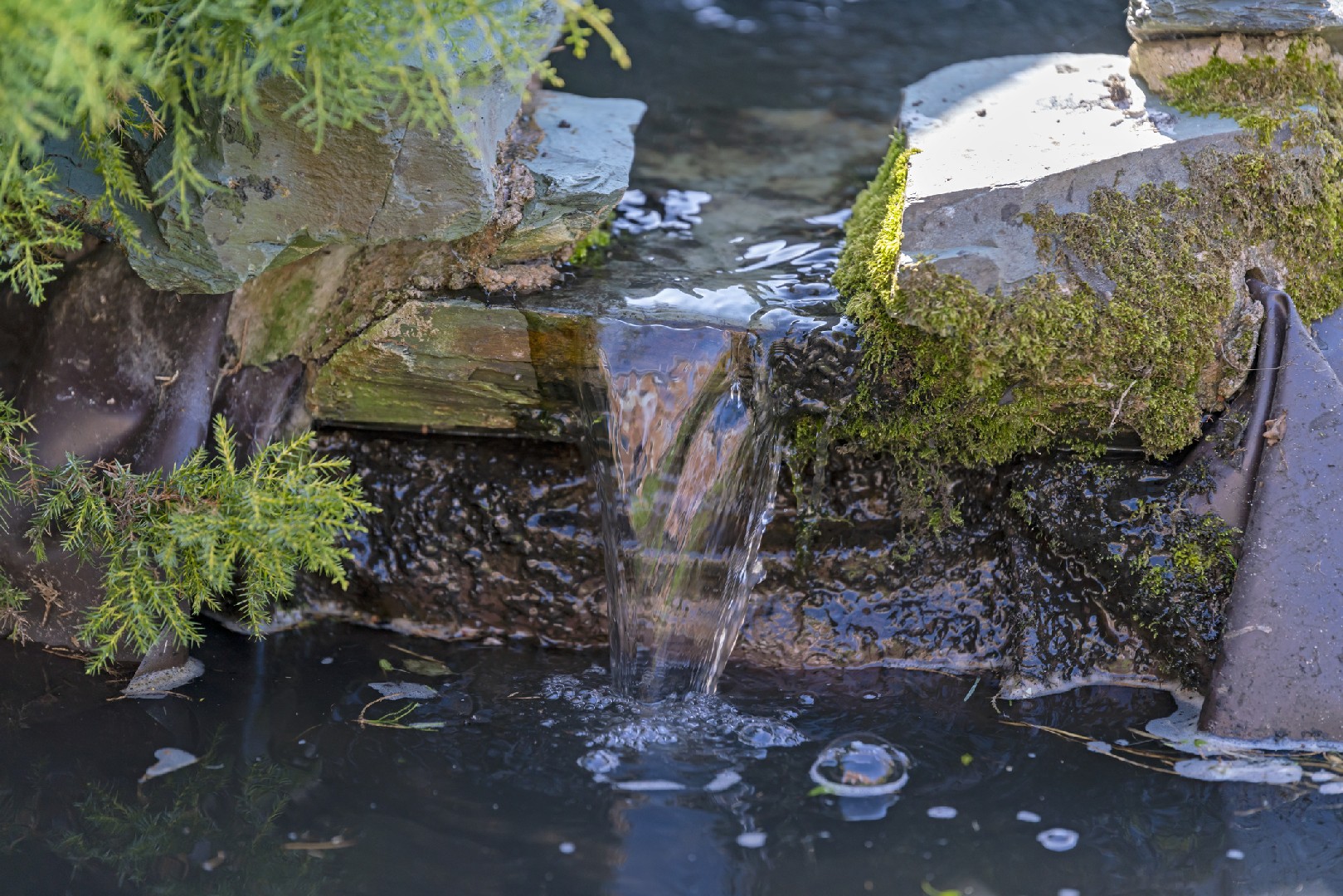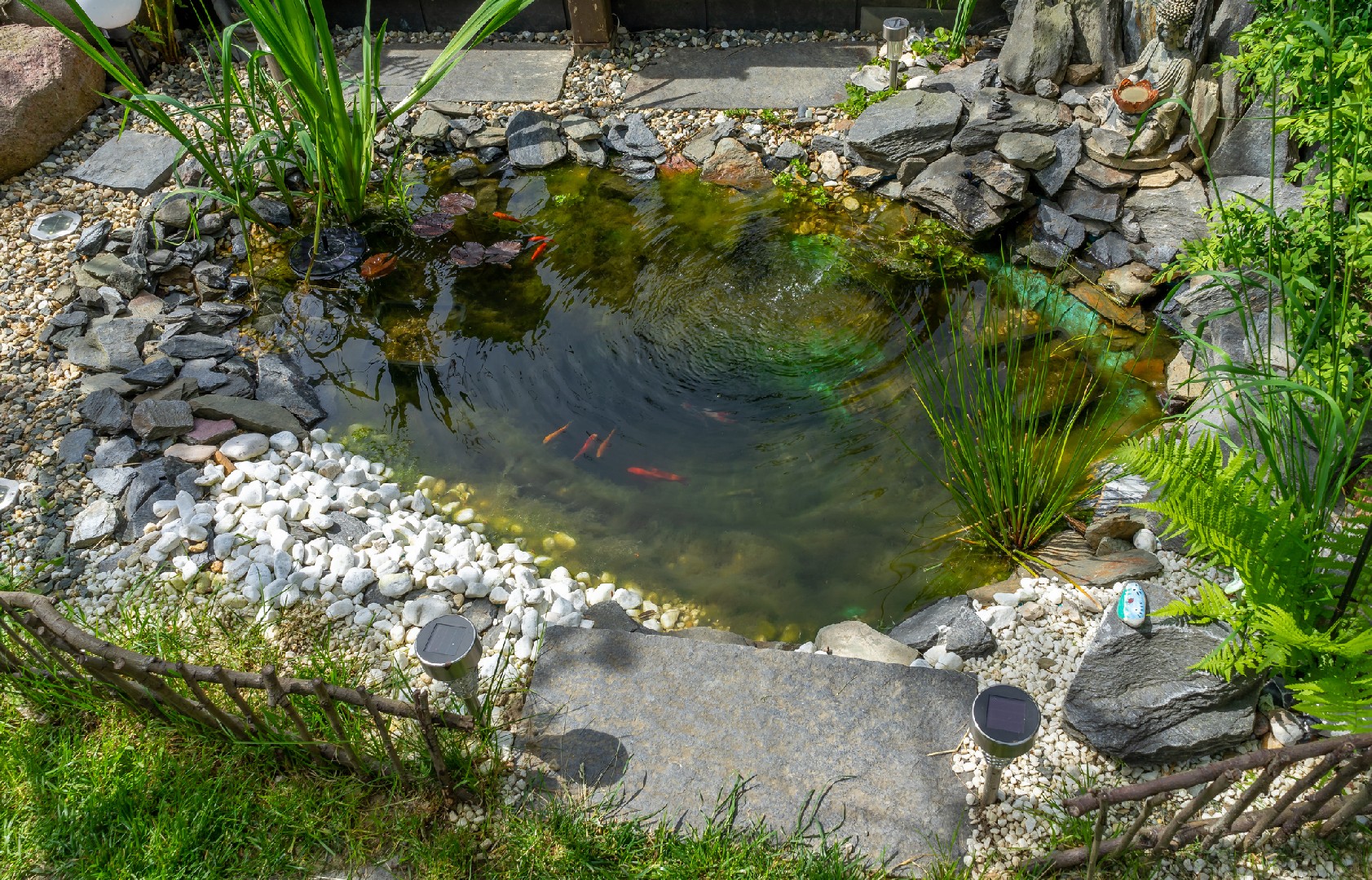![Rectangle]()
Understanding Rainwater Harvesting
Rainwater harvesting is the process of collecting and storing rainwater for future use. It involves capturing rainwater from rooftops, driveways, and other surfaces and channeling it into a storage system. This practice has gained popularity in recent years due to its many benefits for the environment, as well as its potential to save homeowners money on their water bills.
Rainwater harvesting plays a crucial role in environmental conservation by reducing the strain on local water sources. By collecting rainwater, homeowners can reduce their reliance on municipal water supplies, which are often drawn from rivers and underground aquifers. These natural water sources are limited and can become depleted during times of drought or increased water demand. By using rainwater, homeowners can help alleviate the pressure on these sources and ensure their availability for future generations.
In addition to its environmental benefits, integrating rainwater harvesting into garden design offers numerous advantages. First and foremost, it provides a sustainable water source for irrigation. Instead of relying solely on potable water from the tap, gardeners can use rainwater to nourish their plants. This not only reduces water consumption but also minimizes the use of energy required for water treatment and distribution.
Furthermore, rainwater is naturally soft and devoid of chemicals such as chlorine and fluorine found in tap water. This makes it healthier for plants, promoting their growth and overall vitality. Additionally, rainwater is usually slightly acidic, which can be beneficial for certain plants that prefer acidic soil conditions, such as azaleas or blueberries.
There are various methods to incorporate rainwater harvesting features into garden design. One common approach is to install a rain barrel or cistern to collect and store rainwater. These containers can be placed strategically around the garden to capture runoff from rooftops or other surfaces. Another technique is to design the garden with natural features, such as swales or rain gardens, that help to channel and collect rainwater in specific areas.
To maximize the effectiveness of rainwater harvesting in a garden design, it is important to consider factors such as rainfall patterns, garden layout, and water requirements of specific plants. This can be achieved through careful planning and consultation with professionals experienced in sustainable garden design.
In conclusion, rainwater harvesting is a valuable practice that offers numerous benefits for both the environment and garden design. By understanding the concept of rainwater harvesting and integrating it into our gardens, we can contribute to water conservation efforts, reduce water bills, and create a healthier and more sustainable environment for ourselves and future generations.





